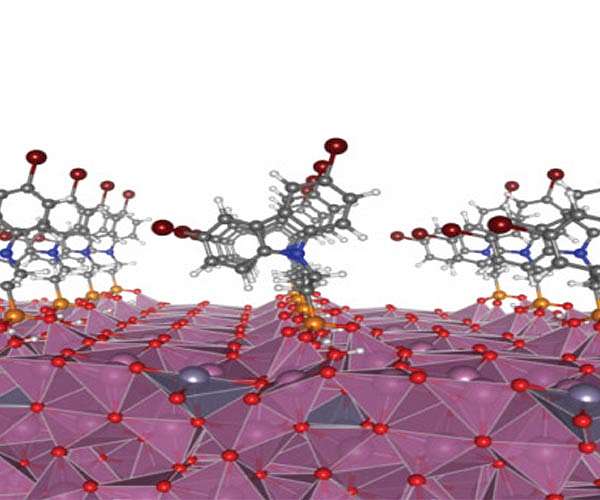Stacking molecules improves the efficiency of organic solar cells
Harnessing solar energy is essential for a sustainable future. Efficient optoelectronic devices such as solar cells are crucial for this. Researchers from Osaka University have discovered a new method to improve the efficiency of these devices by controlling the stacking of light-absorbing molecules.
Organic optoelectronic devices, including solar cells, are gaining popularity due to their flexibility and lightweight nature. Their efficiency depends on how well their light-absorbing organic molecules convert light into ‘free charge carriers’ that generate electric current. The energy required to create these carriers is known as ‘exciton-binding energy’.
Lower exciton binding energy means easier generation of free charge carriers, improving device performance. However, designing molecules with low exciton binding energy in a solid state has been a challenge.
The research team discovered that the exciton binding energy in solid materials is affected by the way molecules stack up, a phenomenon known as aggregation.
“We synthesized two types of similar star-shaped molecules, one with a flexible center and the other with a rigid center,” explains lead author Hiroki Mori. “The individual molecules behaved similarly when dispersed in solution, but very differently when stacked on top of each other in thin, solid films.”
The stiff molecules stack well, like plates, while the flexible molecules do not. Consequently, the rigid solid-state molecules exhibit much lower exciton binding energy than the flexible ones. To confirm this, the team built a single-component organic solar cell and a photocatalyst using each type of molecule. The devices made with the rigid molecules showed superior performance due to their low exciton binding energy, leading to the generation of high free charge carriers.
“Our findings, that making molecules that aggregate well can reduce exciton binding energy, are really exciting,” says senior author Yutaka Ie. “This could give us a new way to design more efficient optoelectronic devices.”
The research underlines the importance of molecular interactions in solids for device performance. It suggests that designing high-performance optoelectronic devices should look beyond individual molecular properties. This approach to reducing exciton binding energy could power the next generation of optoelectronic device architectures.
Research report:A dibenzo[g,p]Chrysene-based organic semiconductor with small exciton binding energy via molecular aggregation

